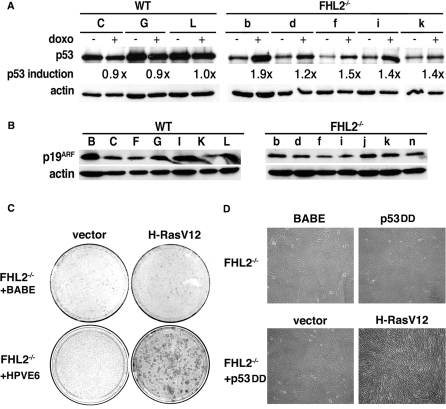Figure 3. Analysis of the p53/ARF pathway in immortalized FHL2−/− MEFs.
(A) Functional analysis of the p53 protein. After induction by doxorubicin (doxo), p53 was immunoprecipitated from immortalized MEFs and analyzed by immunoblotting. Wild type clones are indicated by capital letters and FHL2−/− clones by lower-case letters. p53 induction was determined as the ratio of the relative p53/actin intensities after doxo treatment to p53/actin intensities without doxo in each cell line. (B) Western blot analysis of p19ARF expression in seven immortalized clones of each FHL2 genotype. (C) Human papillomavirus E6 oncoprotein restores Ras-mediated transformation in immortalized FHL2−/− MEFs. Cells were infected with E6-expressing retrovirus (HPVE6) or control virus (Babe), and then transiently transfected with H-RasV12 plasmid or control vector, cultured for 3 weeks without splitting and stained. Data are representative of three independent experiments in two independent E6-transduced FHL2−/− MEF clones. (D) Dominant negative p53 (p53DD) was expressed alone or coexpressed with H-RasV12 by retroviral vectors in immortalized FHL2−/− MEFs.

